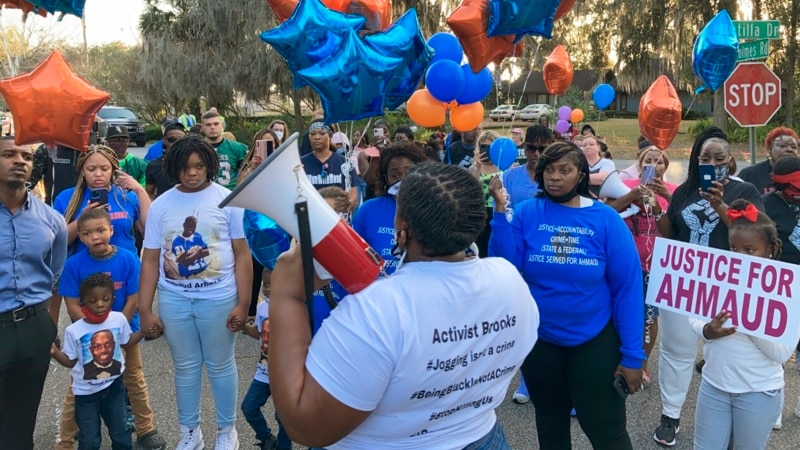
Hate crimes in major U.S. cities rose moderately during the first half of 2022 after posting double-digit percentage increases over the past two years, according to police data compiled by the Center for the Study of Hate and Extremism.
The data collected from 15 major city police departments show an average increase of about 5 percent in bias-motivated incidents so far this year, according to a new report by the extremism research center at California State University at San Bernardino. The 15 cities have a combined population of 25.5 million people.
By comparison, a larger sample of data from 52 major cities compiled by the center showed hate crimes in the United States surged by nearly 30 percent in 2021, according to the report.
A hate crime is defined by the FBI as a “criminal offense against a person or property motivated in whole or in part by an offender’s bias against a race, religion, disability, sexual orientation, ethnicity, gender, or gender identity.”
U.S. hate crimes have been on the rise in recent years, driven by factors ranging from a surge in anti-Asian sentiments during the COVID-19 pandemic to anti-Black animus in reaction to racial justice protests that broke out across America in 2020 after the killing of African American George Floyd while in police custody.
If the increases seen so far this year hold, it would mark the fourth consecutive year in which hate crimes have risen in the United States.
“There is a bit of a deceleration going on, but events don’t get confined to one year, they can be multi-year trends,” said Brian Levin, executive director of the Center for the Study of Hate and Extremism.
Arusha Gordon of the Lawyers’ Committee for Civil Rights Under Law cautioned that hate crime data tend to undercount the true number of incidents.
“It always makes me very nervous discussing the data around hate crimes just because we know that the data really is so lacking,” Gordon, who heads the committee’s James Byrd Jr. Center to Stop Hate, said in an interview.
The findings come in advance of the FBI’s annual hate crime report for 2021 slated for release in the fall. A spokesperson said the bureau doesn’t have a confirmed release date yet.
Based on the preliminary data from major cities, Levin predicts that the FBI report will show a double-digit increase in hate crimes.
“The question is, how high?” Levin said.
Blacks, Jews, sexual minorities and Latinos have been the most frequent targets of hate crimes this year. Less so were Asian Americans, at least in some parts of the country.
Bias-motivated attacks on Asian Americans, which surged to record levels last year, dropped in several major cities, with the number of incidents in New York City decreasing by 48% and in Los Angeles falling by 17%.
Levin noted that anti-Asian hate crimes remain at high levels.
He pointed up, though, that anti-Muslim hate crimes dropped in 2002 after hitting record levels in the wake of the attacks of September 11, 2001.
What is more, overall hate crimes tend to rise during the second half of the year. With the U.S. midterm elections approaching, experts warn there could be a fresh surge in bias incidents later in the year.
“Oftentimes we see hate crimes increase as political rhetoric becomes more fierce,” Gordon said.
The spike in anti-Asian attacks during the COVID-19 pandemic prompted Congress last year to pass legislation aimed at combating hate crimes.
The COVID-19 Hate Crimes Act, signed into law by President Joe Biden in May 2021, created a new Justice Department position to expedite the review of COVID-19 related hate crimes.
In a report released on the first anniversary of the law, the Justice Department said it had charged more than 40 people with hate crimes tied to the pandemic since January 2021.
In September, Biden will host a White House summit “to counter the corrosive effects of hate-fueled violence on our democracy and public safety,” White House domestic policy advisor Susan Rice announced last week.
“Hate must have no safe harbor in America — especially when that hate fuels the kind of violence we’ve seen from Oak Creek to Pittsburgh, from El Paso to Poway, and from Atlanta to Buffalo,” Rice said in a statement.
